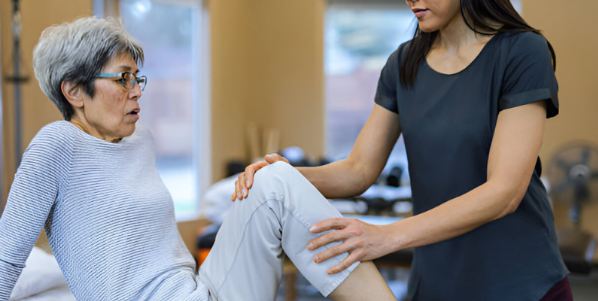Massage therapy has become popular these days as an adjunct therapy to injuries. It increases circulation, reduces swelling and tightness, and helps repair the tissues with ease. But what does massage do for the muscles? It relaxes tight muscle fibers, reduces inflammation, and improves oxygenation to the injured parts. Such a response delivers quicker recovery of the injury and allows the body to heal by itself.
While undergoing massage treatment, therapists focus on those areas which ensure damaged tissues are supported well. Thus, massage recovery is not only soothing but highly effective in accelerating injury recovery.
Physiological Effects of Massage
One of the reasons massage proves very helpful in injury recovery is that it acts on the body’s systems. The physiological impact of massage includes the following:
Enhanced Circulation
Massages promote blood circulation, increasing the supply of oxygen and nutrients to the damaged tissue. This hastens the healing process, as well as reduces swelling caused by the injury. For a rejuvenating experience that supports recovery, visit a Spa in Velachery to enjoy the therapeutic benefits of massage.
Relaxation of the Muscles
Massage on tight muscles helps it relax to its normal function, which eliminates discomfort, ensures mobility, and promotes flexibility.
Stimulation of the Lymphatic System
Massage helps in the elimination of metabolic wastes and toxins, so that lactic acid does not accumulate in the muscles, which are usually responsible for soreness.
Endorphin Release
Endorphins are the body’s natural painkillers, which massage therapy induces. It not only relieves physical pain but also minimizes psychological pressure and distress. All these effects put together make massage therapy a very effective injury healing modality.
Muscles Involved in Massage Therapy
If it were to consider massage, it would benefit every muscle group. For instance, during a facial, muscles involved are generally massaged from the forehead, cheeks, and jawline in order to relax facial muscles and enhance blood circulation in the skin. Similarly, while working with an injury, the therapist targets specific muscles to reduce tension and improve recovery.
Whether it’s the hamstring strain, a stiff neck, or a sore back, massage therapists use techniques that are tailor-made to the affected area. Precision targeting really pays to injured muscles, making them heal faster.
Why Does Pressing on Sore Muscles Feel Good?
If you’ve ever wondered why does pressing on sore muscles feel good, the answer lies in how massage stimulates the body’s pain-relief mechanisms. Gentle pressure on sore muscles increases blood flow, reduces inflammation, and activates sensory receptors that send “feel-good” signals to the brain. For a soothing experience that relieves muscle soreness, consider visiting a Massage in Velachery Chennai for professional therapy tailored to your needs.
Furthermore, massage loosens adhesions in muscle fibers, allowing elasticity to return and making it less painful. The combination of physical relief and mental relaxation makes pressing on sore muscles both soothing and beneficial.
Massage Recovery Techniques for Injuries
Given the type of injury, massage recovery techniques differ from one another. A few commonly used techniques by therapists include:
Swedish Massage
This gentle technique applies long strokes and kneading motions to relax the muscles and improve circulation, making it suitable for minor injuries.
Deep Tissue Massage
This technique aims at deeper layers of muscle. The process targets chronic pain and severe muscle injuries.
Sports Massage
It is designed to treat athletes, focusing on preventing injuries and treating the tired muscles due to intense physical activity.
Trigger Point Therapy
This includes massage techniques that apply pressure on certain places in the muscles to relax them and thus minimize pain.
These remedies do not only help to reduce pain but also maintain long-term health of muscles.
Massage is helpful in healing injuries and gives short-term as well as long-term advantages. Massage helps the body heal by improving circulation and relieving tension so that injuries can be healed faster and with full effect.
Whether it’s some sports-related injury or just regular muscle ache following an intense workout, understanding what massage does to the muscle tissue and its physiological effects helps you optimize massage recovery. From targeting muscles affected during a facial to easing deeper tensions, massage treats the body in an holistic manner.
Therefore, next time you do feel a little sore or injured, try massage therapy and feel for yourself why it feels so good to press into those sore muscles.It’s not just about relaxation—it’s about recovery and well-being. For the best experience, search for a Spa Near Me to find a professional massage therapy that meets your needs.
